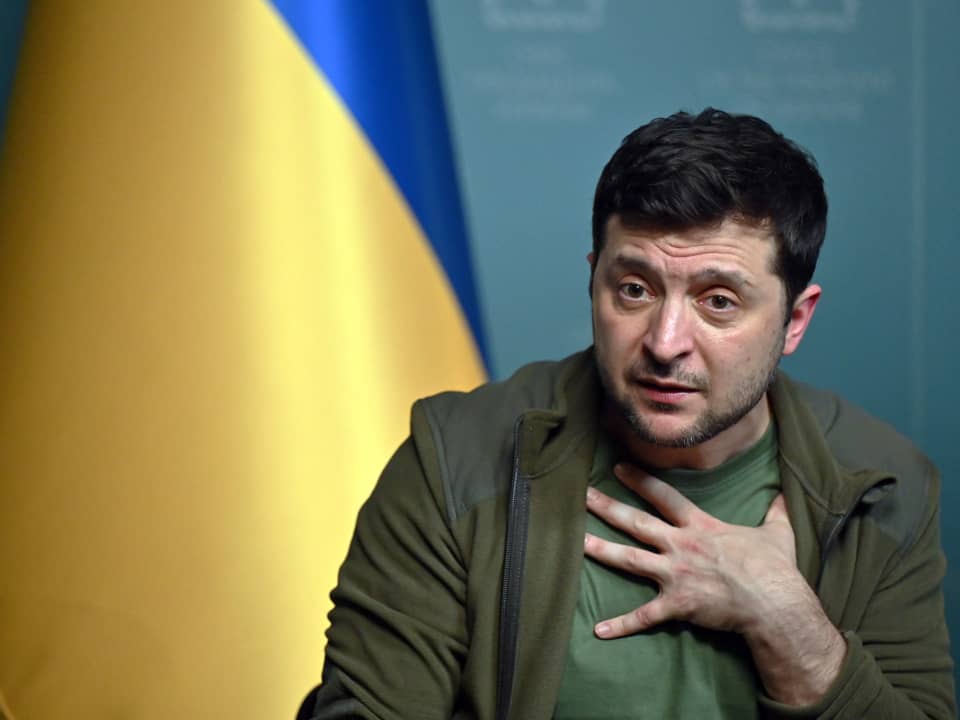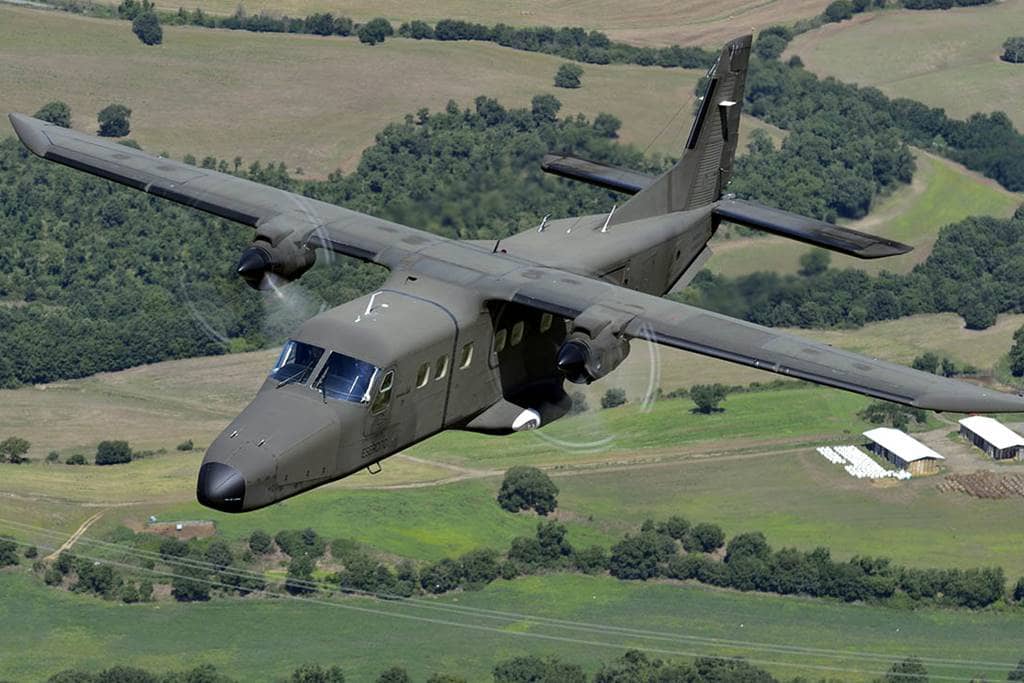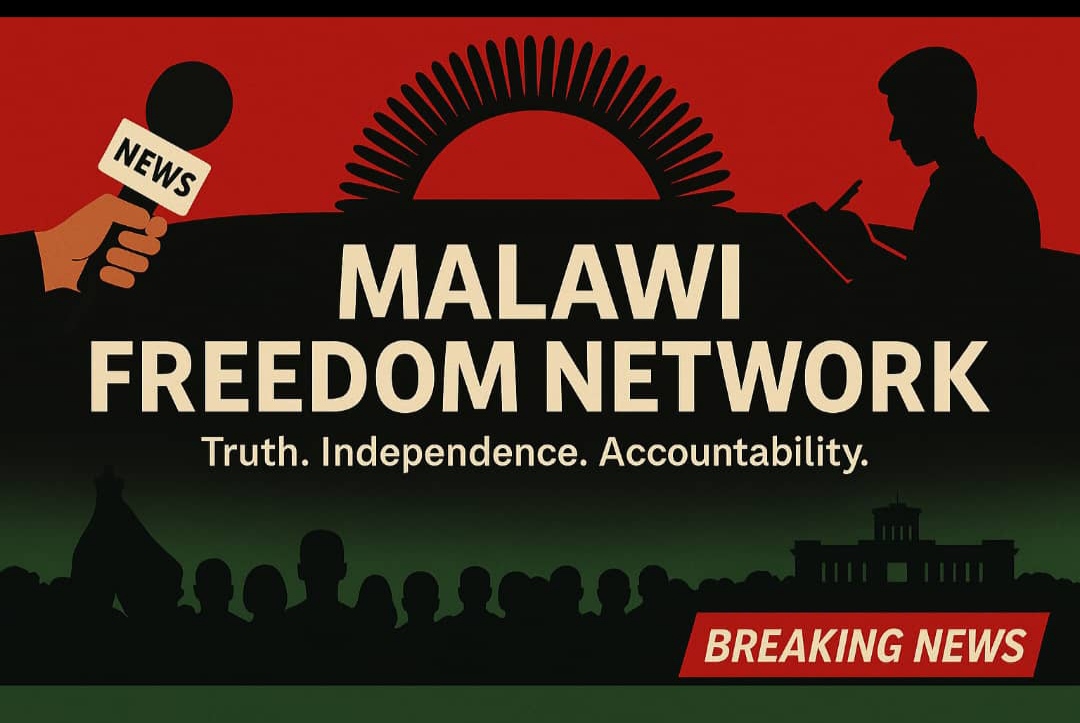By Burnett Munthali
Aerial attacks have become a defining feature of modern warfare, significantly altering the landscape of military strategy and international relations. Throughout history, large-scale aerial assaults using aircraft, cruise missiles, and drones have demonstrated both the potential for devastating impact and the complexities of escalation in conflict.
One of the most notable examples of large-scale aerial attacks occurred during the Gulf War in 1991. Coalition forces launched Operation Desert Storm, which included an extensive aerial bombardment campaign aimed at crippling Iraq’s military capabilities. The use of precision-guided munitions marked a significant advancement in aerial warfare, allowing for targeted strikes that minimized collateral damage compared to previous conflicts. This campaign not only showcased the effectiveness of aircraft in modern warfare but also set a precedent for future military operations.
Cruise missiles have played a crucial role in large-scale aerial attacks since their development. The 1998 U.S. missile strikes on Iraq, known as Operation Desert Fox, involved over 400 cruise missiles targeting military and government sites. These strikes highlighted the strategic value of cruise missiles in delivering high-impact ordnance from a distance, reducing the risk to pilot lives while achieving specific military objectives.
More recently, during the Syrian Civil War, the United States employed cruise missiles in response to chemical weapon attacks. In 2017, a targeted strike on a Syrian airbase demonstrated the effectiveness of cruise missiles in delivering precise, punitive measures in response to international violations. Such operations underscored the potential for escalation, particularly as countries like Russia increased their military presence in the region, leading to heightened tensions.
The advent of drone technology has revolutionized aerial attacks, providing militaries with unprecedented capabilities for surveillance and precision strikes. The U.S. has utilized drones extensively in conflicts in Afghanistan, Iraq, and Yemen, showcasing their effectiveness in conducting targeted killings and gathering intelligence without risking pilots’ lives. Drones have enabled a new level of engagement, allowing for continuous monitoring and rapid response to emerging threats.
However, drone warfare also raises ethical and legal questions regarding sovereignty and civilian casualties. Incidents like the 2013 drone strike in Yemen, which killed multiple civilians alongside a targeted individual, have drawn international scrutiny and debate over the implications of remote warfare.
As the conflict in Ukraine continues, the dynamics of aerial warfare have once again come to the forefront. Accusations of nuclear saber rattling by Russia highlight the potential for escalatory tactics in response to Western support for Ukraine. The deployment of drones and missile systems has become central to both offensive and defensive operations in the conflict, with each side adapting its strategies to the evolving battlefield.
U.S. President Joe Biden’s reaffirmation of support for Ukraine signifies the West’s commitment to countering Russian aggression, emphasizing that Ukraine is not alone in its struggle. The rhetoric surrounding these developments reflects the broader implications of aerial warfare in contemporary conflicts, where the threat of escalation looms large.
Large-scale aerial attacks using aircraft, cruise missiles, and drones have profoundly shaped military operations and international relations. The historical precedents set during the Gulf War and the ongoing conflicts in Syria and Ukraine illustrate the complex interplay between military strategy, geopolitical tensions, and ethical considerations. As technology continues to evolve, so too will the nature of aerial warfare, demanding constant vigilance and dialogue to mitigate the risks of escalation in an increasingly interconnected world.




